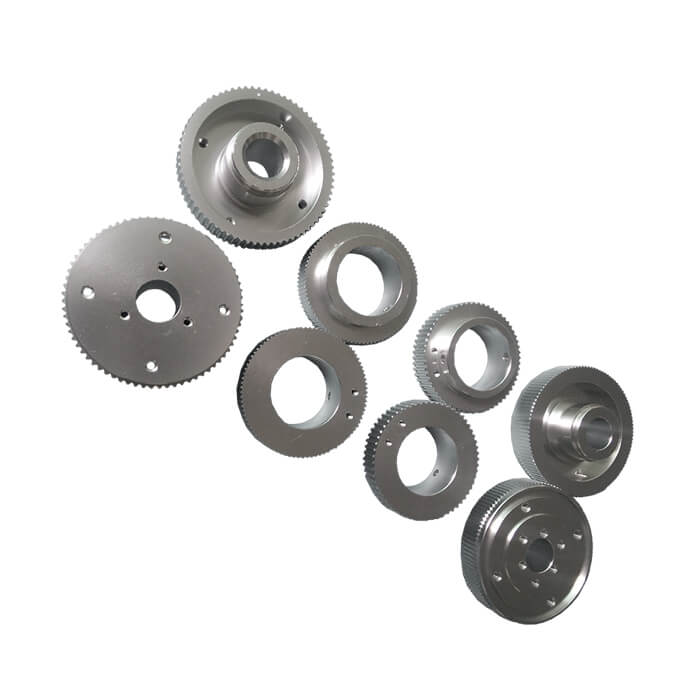“Modulus” refers to the ratio of the pitch t between two adjacent gear teeth on the same side tooth profile to the circumference ratio π (m=t/π), in millimeters. Modulus is one of the most basic parameters of modular gear teeth. The greater the modulus, the higher and thicker the gear teeth. If the number of gear teeth is constant, the radial dimension of the wheel will also be larger. Modulus series standards are formulated according to the requirements of design, manufacturing and inspection. For gears with non-straight teeth, the modulus has normal modulus mn, end face modulus ms, and axial modulus mx. They are all based on their respective tooth pitch (normal tooth pitch, end face tooth pitch and axial The ratio of tooth pitch) to the circumference ratio is also in millimeters. For bevel gears, the modules are divided into large-end module me, average module mm and small-end module m1. For tools, there are corresponding tool modulus mo, etc. The standard modulus is widely used. In metric gear transmissions, worm transmissions, synchronous toothed belt transmissions, ratchets, gear couplings, splines and other parts, the standard modulus is the most basic parameter. It plays the role of basic parameters for the design, manufacture and maintenance of the above-mentioned parts (see cylindrical gear drive, worm drive, etc.).
Post time: Dec-02-2020

